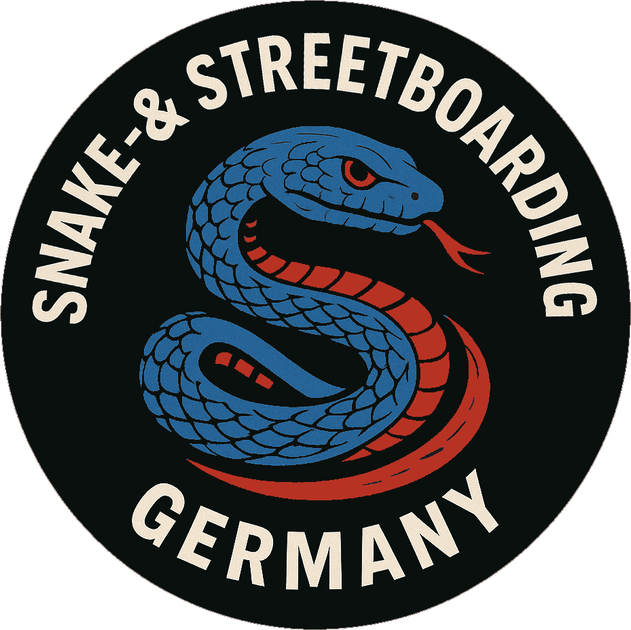



SNAKEBOARD.ORG
- Events
- BAVARIAN OPEN 2025 Review
- Worlds 2025
- German Championship 2025
- Downhill
- BAVARIAN OPEN 2024 Review
- BAVARIAN OPEN 2024 Preparation
- German Championship 2024
- …
- Events
- BAVARIAN OPEN 2025 Review
- Worlds 2025
- German Championship 2025
- Downhill
- BAVARIAN OPEN 2024 Review
- BAVARIAN OPEN 2024 Preparation
- German Championship 2024



SNAKEBOARD.ORG
- Events
- BAVARIAN OPEN 2025 Review
- Worlds 2025
- German Championship 2025
- Downhill
- BAVARIAN OPEN 2024 Review
- BAVARIAN OPEN 2024 Preparation
- German Championship 2024
- …
- Events
- BAVARIAN OPEN 2025 Review
- Worlds 2025
- German Championship 2025
- Downhill
- BAVARIAN OPEN 2024 Review
- BAVARIAN OPEN 2024 Preparation
- German Championship 2024

Which Equipment For Slalom..?
Boards & Wheels


All these years, we thought a streetboard wasn't suitable for slalom, so in contests during the '90s, we always brought two boards – a snakeboard for slalom and a streetboard for freestyle/pipe. But at the @germanstreetboardchampionships, we learned that’s not really necessary, as the deck and longer plates of a streetboard don’t really knock over more pylons than a snakeboard!
In fact, the real disadvantage is for people with larger feet, as bigger feet require wider turns around the pylons. So, it doesn’t matter whether you use an old Pro/Ashley for slalom or an Earthquake, @dimensionboards, @gazpachoboards, @delaviaboards, or @draganboards!
(see all boards @streetboardcollector)
However, bringing two boards to contests has another advantage: You might save yourself from having to change wheels between disciplines. While harder wheels are better for freestyle, as they allow you to correct incomplete spins by sliding, sliding in slalom is typically counterproductive. For slalom, you definitely need wheels with good grip!
But that doesn’t necessarily mean that slalom wheels should always be as soft as possible. The softer (and smaller) the wheel, the slower it is. The
difference might not be huge, but it can be decisive. Generally, wheels with a hardness between 78A and 92A are suitable for slalom. If the surface is very rough, use softer wheels; if the surface is smoother, the wheels can be a bit harder - unless it’s very slippery.
Incidentally, hard wheels (101A or 84B) aren’t necessarily ruled out for slalom. If the course is fast and less technical and the surface is smooth, hard
wheels might even work.
It depends…
We’re going to get pretty fast at the:
BAVARIAN OPEN 2024
Snakeboard/Streetboard Slalom Championship
DATE: October 6th, 2024 | 10:00 - 18:00
LOCATION: Olympiapark Munich
MODERATOR: Jay Nowman
© 2025 by @snakeboard.slalom - THX! - with a little help from oldschool friends: www.feedbackmedia.org




